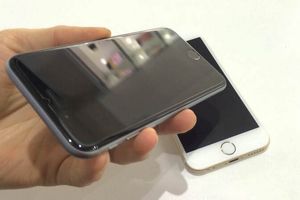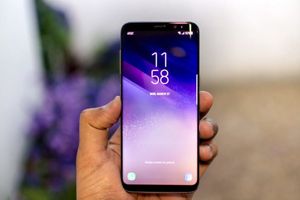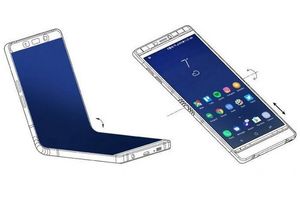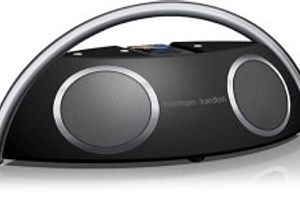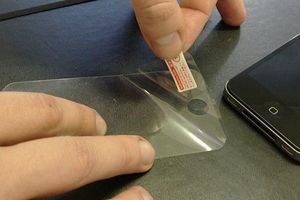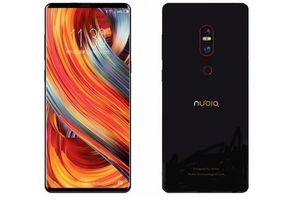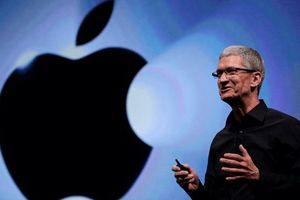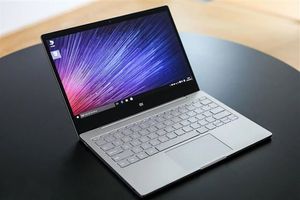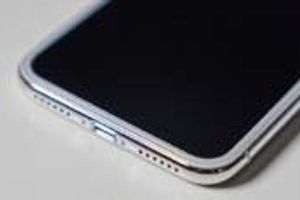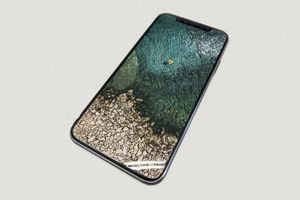We investigate the most widespread myths and mistakes in one of the most discussed aspects. We offer to unravel the tangle of contradictory facts, to spread all the information on the shelves and find out how each of us can increase the efficiency and duration of the device from one charge. The emphasis in the material is on smartphones, laptops and other devices with non-removable batteries.
 The battery of a new device needs to be "downloaded" before use. This myth is partially true. More precisely: so it might sound like a guide to action if you bought a smartphone five years ago. In order to "recharge" the battery of a new device, it really was necessary to discharge it to the exclusion and charge up to 100%.
The battery of a new device needs to be "downloaded" before use. This myth is partially true. More precisely: so it might sound like a guide to action if you bought a smartphone five years ago. In order to "recharge" the battery of a new device, it really was necessary to discharge it to the exclusion and charge up to 100%.
But modern models do not require such an operation. For all the smartphones in the world, of course, we will not get hold of it, so let's write this: if the instructions for use specifically for your model do not describe similar manipulations with the battery, they can easily be omitted.
Note: If the instruction says that you need to fully discharge / charge the battery, then I have a bad smartphone? The point about the primary recharging in no way affects the quality of the smartphone. Simply in the battery of more advanced models there is a capacity calibration function and it happens automatically, and in your smartphone model you still need to show what the maximum capacity of the battery before starting work.
 The smartphone should not be left to charge at night. It is alleged that this way you will damage the battery and it will be less charged. Falsehood. That's why you really should not do it, so sleep with the phone on the charge-it's likely that the rest of the night he will spend under your pillow, and it already smells overheating. In one overheating, too, there is nothing disastrous, just high temperatures have not yet come in favor of any electronic device.
The smartphone should not be left to charge at night. It is alleged that this way you will damage the battery and it will be less charged. Falsehood. That's why you really should not do it, so sleep with the phone on the charge-it's likely that the rest of the night he will spend under your pillow, and it already smells overheating. In one overheating, too, there is nothing disastrous, just high temperatures have not yet come in favor of any electronic device.
This myth, again, could relate to devices released in the previous decade, but today every decent smartphone knows exactly when the charge indicator reaches 100% and then deactivates the power consumption. In general, if you do not intend to leave the phone at night for charging, nothing will be catastrophic with the device. But the system nightly charges can shorten the life of the battery - this is true.
 The smartphone needs to be fully discharged before charging. And again - it's not true. The optimal operating mode for any smartphone battery is between 80% and 40% battery charge. That is, intentionally bringing the battery to zero is not required. It even damages a smartphone: a systematic battery drain will soon lead to degradation of the battery than with normal use.
The smartphone needs to be fully discharged before charging. And again - it's not true. The optimal operating mode for any smartphone battery is between 80% and 40% battery charge. That is, intentionally bringing the battery to zero is not required. It even damages a smartphone: a systematic battery drain will soon lead to degradation of the battery than with normal use.
Note: Even if the charge is 0%, this does not mean that the battery is empty. In smartphones there is a charge to support internal processes.
 Non-original chargers are harmful. This rule probably has been invented by marketers to unconsciously sell cords, and with them also power adapters. No, this rule also does not apply. Exception, perhaps, is, only the last devices, which are often not charged from the Chinese power cords, because they have protection.
Non-original chargers are harmful. This rule probably has been invented by marketers to unconsciously sell cords, and with them also power adapters. No, this rule also does not apply. Exception, perhaps, is, only the last devices, which are often not charged from the Chinese power cords, because they have protection.
In the other, where and by whom was your cable or adapter - it does not matter. Normal power cords are suitable for charging any smartphone's battery. And if this myth really was true, all the charm of the universality of the standards of charging ports would have been nullifying.
Be careful only with the very very cheap "made in China" cables. Just because their questionable quality can suffer not only the battery, but the whole device - these cords can easily not work, they can break the insulation, which is not good. Official accessories are likely to be much more qualitative.
 You can not use a smartphone while it is charging. This is also not true. Everyone, we think, is well-known photos of a swollen hand, scorched wires and a damaged smartphone, which for two years has been scaring users of the network.
You can not use a smartphone while it is charging. This is also not true. Everyone, we think, is well-known photos of a swollen hand, scorched wires and a damaged smartphone, which for two years has been scaring users of the network.
But in fact, charging the battery and simultaneously launching games can as it is to heat the device, but do not burn it to the bottom. Plus, if the battery is low and you charge the battery, it may happen that during the game the phone will finally sit down - simply because the game will consume the battery faster than replenish it.
On the note: But in the photos the real burnt phone! For those who can not rest, let's say that the victim when charging the battery smartphone was connected to the network unassigned cheap cable - the problem was in it, and not that the hostess of the device decided to call someone without disconnecting the charger cord.
 The device should be turned off frequently so that the battery is working well. This recommendation can be changed and not taken with fanaticism. It's possible to reboot the smartphone once a week, but it does not affect the battery life. More on the operating system. Consider this as rebooting your PC.
The device should be turned off frequently so that the battery is working well. This recommendation can be changed and not taken with fanaticism. It's possible to reboot the smartphone once a week, but it does not affect the battery life. More on the operating system. Consider this as rebooting your PC.
By the way, in the network we also met the opposite statement that "frequent switching off the smartphone damages the battery." This, of course, is not the case either.
 Cold keeps the battery longer. Cold, like abnormal heat, only damage the batteries. The most common case is the rapid decrease in battery charge in the cold. That's why we highly recommend that electronics be worn in the jacket pocket in the winter.
Cold keeps the battery longer. Cold, like abnormal heat, only damage the batteries. The most common case is the rapid decrease in battery charge in the cold. That's why we highly recommend that electronics be worn in the jacket pocket in the winter.
On the note: The battery charge quickly sat on the cold phone partially can be resuscitated by simply placing the smartphone in the heat - 7-10% of charge so it's quite real return.



